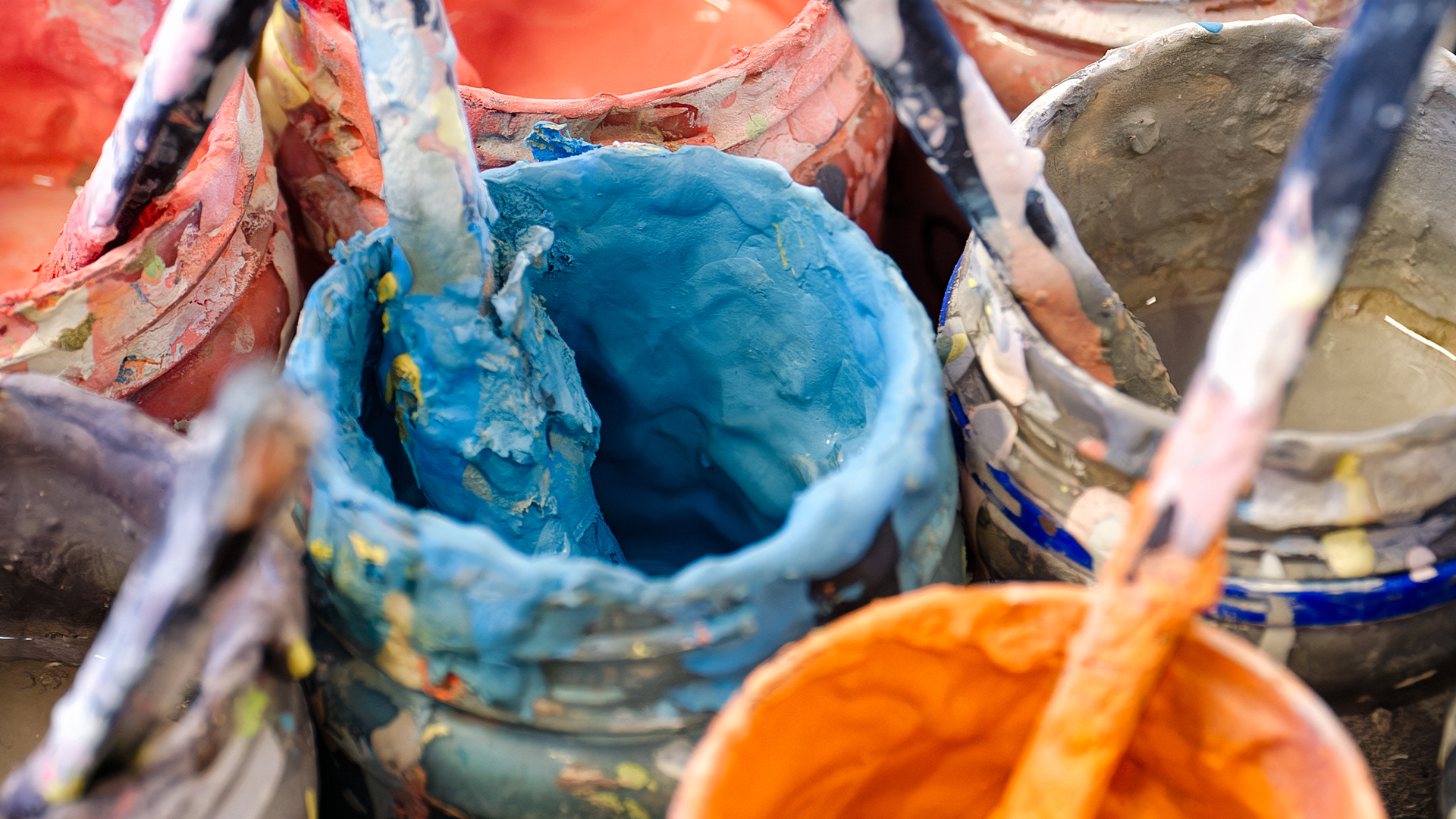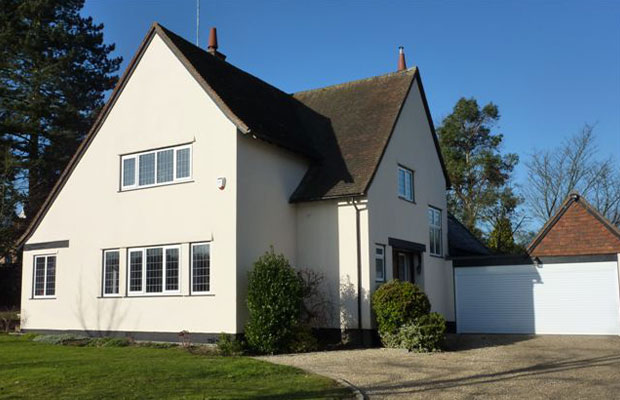Paint is a vital aspect of any construction or renovation project. It is used to improve the aesthetic appeal of buildings, protect surfaces from external elements such as water, sunlight, or heat, and prolong their lifespan.
However, paint durability is essential for the longevity of the project. Durability refers to the ability of a paint coating to resist wear and tear, chipping, peeling, fading, and other forms of damage that may occur over time. Therefore, choosing the right coating is crucial to ensure the durability of the paint.
What is the purpose of coating?
A coating is a material that is applied to a surface to create a protective layer. Coatings can be applied to a variety of surfaces, including metal, wood, concrete, plastic, and more. The primary purpose of a coating is to protect the surface from external elements such as water, UV rays, chemicals, scratches, and abrasion.
Coatings can also enhance the aesthetic appeal of a surface by adding color, gloss, or texture. There are different types of coatings available in the market, such as paint coatings, powder coatings, epoxy coatings, polyurethane coatings, and more, each with unique characteristics and properties. Choosing the right coating is crucial to ensure the durability and longevity of the surface.

Which coating increases paint durability?
There are several types of coatings available in the market, each with unique characteristics and properties. In this section, we will explore which coating increases paint durability.
- Epoxy Coatings:
Epoxy coatings are a popular choice for industrial and commercial applications due to their high durability and resistance to damage. They are a two-part coating system that requires a resin and a hardener to mix together to create a durable finish.
Epoxy coatings are commonly used on concrete surfaces, such as floors and walls, to provide protection against chemicals, abrasion, and impact. They are also resistant to moisture, making them ideal for areas that are prone to dampness.
One of the significant benefits of epoxy coatings is their adhesion to the surface. Epoxy coatings create a strong bond to the surface, making them resistant to peeling or chipping. This adhesion also makes them resistant to UV rays, which can cause paint to fade and deteriorate over time. Epoxy coatings are also easy to clean and maintain, making them a cost-effective choice for high-traffic areas.
2. Polyurethane Coatings:
Polyurethane coatings are another popular choice for their durability and resistance to damage. They are a two-part coating system that requires a resin and a hardener to mix together to create a durable finish.
Polyurethane coatings are commonly used on wood surfaces, such as decks and furniture, to provide protection against UV rays, water, and other external elements.
One of the significant benefits of polyurethane coatings is their flexibility. Polyurethane coatings can expand and contract with the wood surface, making them resistant to cracking or peeling.
They are also resistant to abrasion, making them ideal for high-traffic areas. Polyurethane coatings are available in different sheens, such as matte, satin, and gloss, providing versatility in aesthetic appeal.
3. Powder Coatings:
Powder coatings are a type of coating that is applied electrostatically to a surface and then cured under heat. They are commonly used on metal surfaces, such as fences, doors, and gates, to provide protection against corrosion, UV rays, and scratches.
Powder coatings are available in various colors and finishes, providing versatility in aesthetic appeal.
One of the significant benefits of powder coatings is their durability. Powder coatings are resistant to chipping, peeling, and fading, making them ideal for outdoor applications.
They are also resistant to chemicals, making them ideal for industrial and commercial applications. Powder coatings are also environmentally friendly, as they do not contain volatile organic compounds (VOCs), which can be harmful to the environment.
4. Ceramic Coatings:
Ceramic coatings are a type of coating that is applied to a surface as a liquid and then cured under heat. They are commonly used on automotive surfaces, such as cars, boats, and planes, to provide protection against scratches, chips, and UV rays. Ceramic coatings are available in different levels of hardness, providing versatility in durability.
One of the significant benefits of ceramic coatings is their durability. Ceramic coatings are resistant to scratches, chips, and fading, making them ideal for automotive applications. They are also resistant to chemicals, making them ideal for industrial and commercial applications.
Ceramic coatings are also hydrophobic, which means they repel water, making them ideal for areas that are prone to rain or moisture. Ceramic coatings can also provide a high-gloss finish, enhancing the aesthetic appeal of the surface.

5. Nano Coatings:
Nano coatings are a type of coating that uses nanotechnology to create a thin film on the surface. They are commonly used on a variety of surfaces, such as glass, metal, and plastic, to provide protection against scratches, stains, and UV rays. Nano coatings are available in different levels of hardness and thickness, providing versatility in durability.
One of the significant benefits of nano coatings is their ability to create a self-cleaning surface. Nano coatings use hydrophobic technology to repel water and prevent dirt and dust from sticking to the surface.
This self-cleaning feature makes nano coatings ideal for surfaces that are difficult to clean, such as glass or metal. Nano coatings are also resistant to chemicals and UV rays, making them ideal for outdoor applications.
Conclusion
In conclusion, choosing the right coating is crucial to ensure the durability of the paint. Epoxy coatings are ideal for concrete surfaces, providing resistance to chemicals and abrasion. Polyurethane coatings are ideal for wood surfaces, providing flexibility and resistance to UV rays.
Powder coatings are ideal for metal surfaces, providing resistance to corrosion and scratches. Ceramic coatings are ideal for automotive surfaces, providing resistance to scratches and fading. Nano coatings are ideal for a variety of surfaces, providing self-cleaning and resistance to stains and UV rays.
Each type of coating has its unique properties and benefits, and choosing the right one depends on the type of surface and the application. By selecting the appropriate coating, one can ensure the longevity of the paint and protect the surface from damage.









